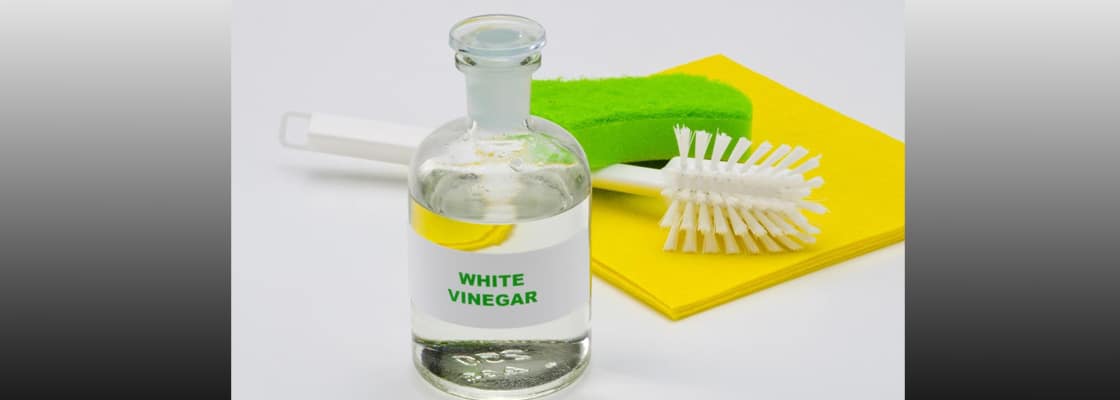This is for the homeowner who has visited my site, but elected to paint the interior of their home themselves.
I could take the attitude of “You’re on your own “, but I won’t do that. I would like to help you, so your home looks beautiful
I will break this down into 4-5 blogs on helping you
First off let’s start with prepping.
This is drywall patching, which is the hardest part to complete to make look good, after painted.
First off, look your walls & ceilings over and determine what needs patching. Circle these spots with a pencil, or sticky paper so you do not miss any areas.
On nail pops take a hammer and drive the nail into the drywall, which you will leave a sunken hammer head spot. Using a 4-inch drywall knife, apply one coat of drywall patch onto this area, pulling the mud to only fill the slight hole that you created. The mud will sink, which is good, then apply a second coat over the same area so to build up, if the mud is over the edge don’t worry for you have to sand
Here is the trick. When you sand use 100 grit paper, or medium sanding block and over sand the spot. Then use your fingertips to feel the spot, for your fingertips are the most sensitive part of your hand and you will be able to feel any variance between existing drywall and your patch which you might have to apply another coat of drywall mud, and sand again.
Remember “Patience is a virtue “when it comes to prepping, so your wall looks good when painted.
Cracks in drywall above doors or arches
Here is how we do this. We dig out the crack to be about a 1/8’’ wide, then we fill with a latex caulking. We let that dry, and at that time apply drywall patching mud over and apply Fiberglas taping and lightly use a 6 inch blade to gently pull the mud smooth without pulling the tape off. Then leet dry.
The reason for the caulking is that it gives flexibility to the wall, because walls move from the joists moving when you walk, and this stops that pesky crack from appearing again in the future.
Now use your 6-inch knife and put the blade 1 inch from edge over center of tape, and pull some mud and apply pressure to the other edge of the knife, which smooths out the mud on outside edge. Now go to other side and apply mud on out side edge. Now what you have done is spread out the mud to about 12 inches, which is proper. That is called feathering out the patch so it blends in with the wall. Now apply a second coat of mud using the same method, which will build up the center over the tape, but not too thick.
Ok, here we come to that sanding part(I hate that part ), but it has to be done. Use the sanding block and start in the center, sand to the edge, and start feeling with your finger tips again. You want the edge to feel as it is part of the wall, not feeling any difference, but in the center you have to be a little careful so you don’t expose the tape. Use your fingers to feel till when you run your fingertips across it almost feels totally even.
This can be done on ceiling seam, wall seams where the tape is jumping out. You just do not need any tape installed.
Ok! Here is where we come to the magic “PRIMING THE PATCHES”
All walls have a stipple on them from many coats of paint caused by the roller.
What I & my painters do is recreate stipple on the patch. Many painters just take a brush, and prime which will cause flashing in the paint looking at the wall from an angle.
How we create stipple is to take a roller, apply a coat of prime to the patch, feathering it out so the edge is smooth, let dry, then apply another coat of prime paint over again, we then apply a coat of wall paint over the prime.
What we accomplished is to create a stipple effect on your patch matching the existing wall. This way when you paint your walls, your patching will not be visible at all
A lot of words here, but the patches will look great
We then take a sanding stick with 150 grit sandpaper, and sand all walls. This sand all the little knubs from all of the old painting off, and gives you a smother surface for the paint to look nice.
If you have semi-gloss paint on your walls you should sand walls & ceiling to help the new paint to adhere properly
Here is anther thing that we do. If you look in the corners of the walls a lot of times there will be cracks. This is caused where the drywall mud is the thinnest. We caulk all corners with a light be, and finger wipe which will eliminate future cracking forever.
I’ve instructed my painters to always inspect baseboards and if loose to install nails to tighten them up because that way the caulking will not crack over time
Well I am hoping this helps, and if you have any questions, please call me, and I will answer any question, or if need be, will stop by to assist you.
That way you will end up with great looking walls, and you guys can hug each other and say” GREAT JOB”
Next week I’ll write about applying paint in the proper fashion to look great
Sincerely,
Raymond V. Monczka













